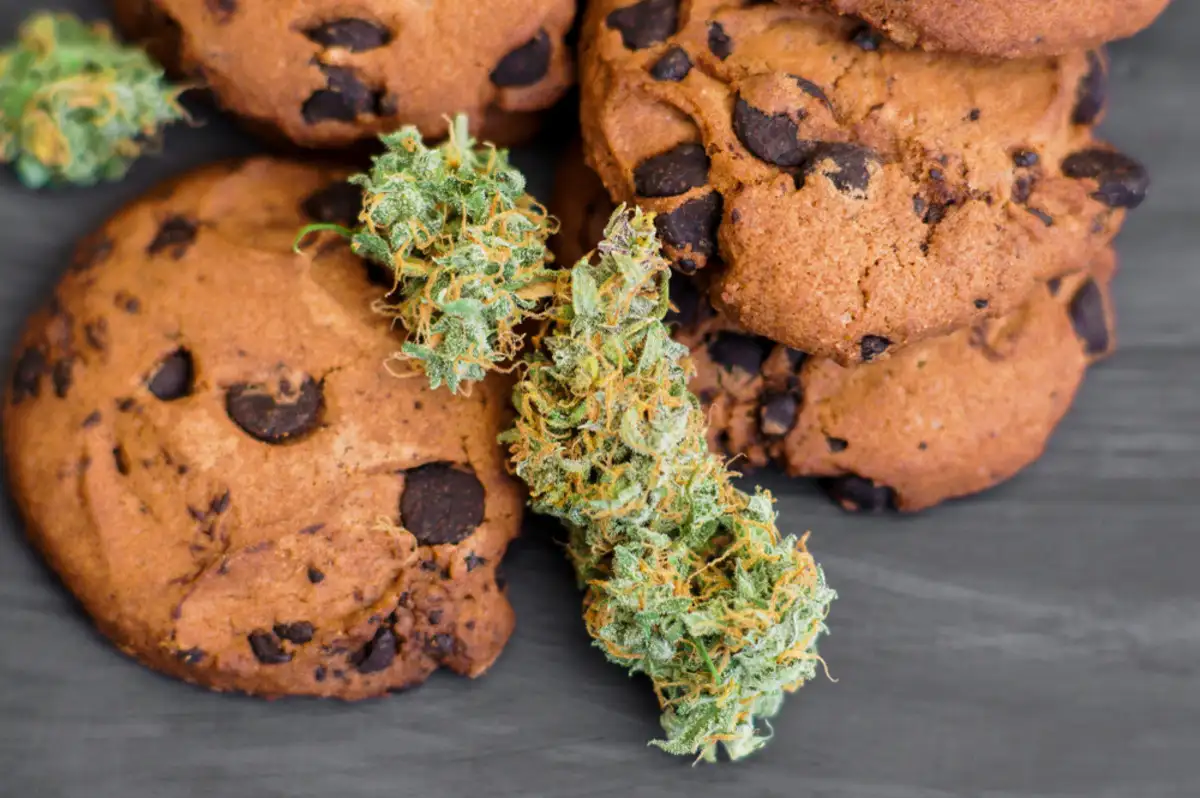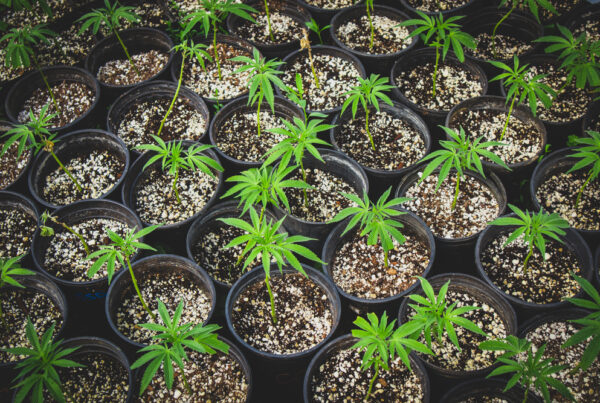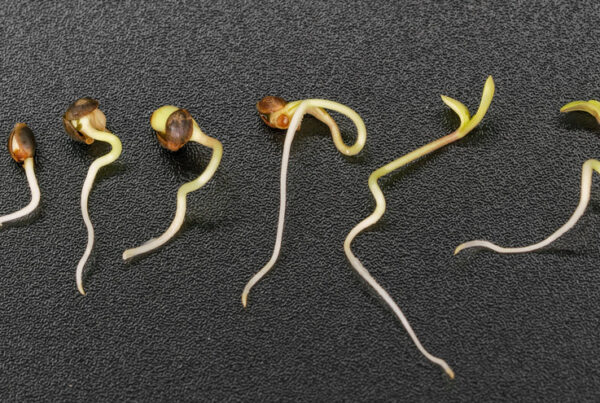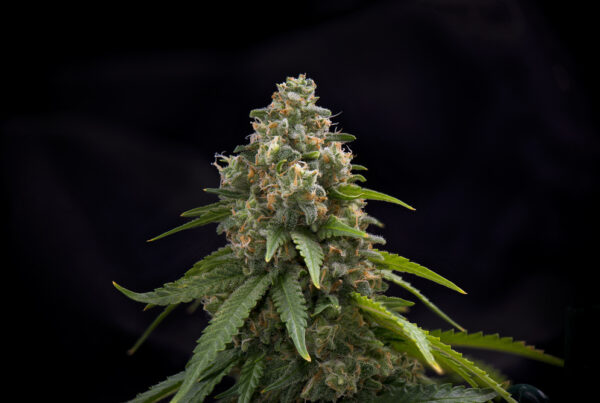Cannabis, also known as marijuana, has gained significant attention in recent years for its potential therapeutic benefits. While smoking or vaping cannabis is a common method of consumption, many people are now exploring the idea of eating it. But can you really eat cannabis? And if so, what are the benefits and potential risks?
In this comprehensive guide, we will delve into the world of eating cannabis and provide you with all the information you need to make informed decisions. We will explore the different types of cannabis and their uses, and discuss whether it is safe to consume raw cannabis. Additionally, we will examine the science behind eating cannabis and its potential benefits and side effects.
One popular way to consume cannabis is through edibles – food products infused with cannabis. We will take a closer look at cannabis edibles, including the various types available and how to safely consume them. For those interested in trying their hand at making cannabis-infused foods at home, we will provide tips on preparing cannabis for cooking, different infusion methods, and even share some popular recipes.
However, it’s important to consider the legal and health aspects of consuming cannabis. We will touch upon the legal considerations surrounding the consumption of cannabis-infused foods and the potential health impacts they may have. We will also provide safe consumption practices to ensure you have a positive and enjoyable experience.
Whether you are a cannabis enthusiast looking to explore new ways of consuming it or someone curious about its potential benefits, this comprehensive guide will equip you with the knowledge you need. So, let’s dive in and discover the world of eating cannabis together.
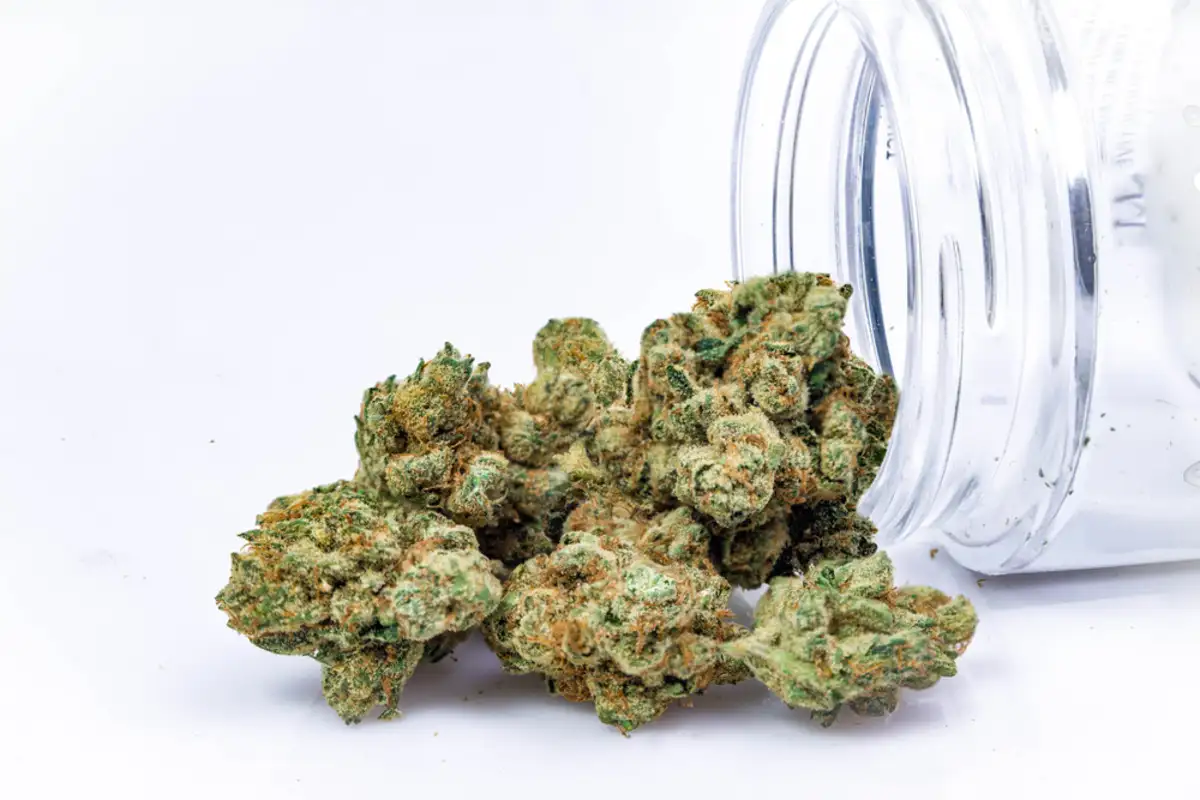
Understanding Cannabis: Types and Uses
Cannabis, also known as marijuana, is a plant that has been used for various purposes for centuries. Understanding the different types of cannabis and their uses is crucial when considering its consumption.
Types of Cannabis
There are three main types of cannabis: Cannabis sativa, Cannabis indica, and Cannabis ruderalis. Each type has its own unique characteristics and effects.
- Cannabis Sativa: This type of cannabis is known for its uplifting and energizing effects. It is typically high in THC (tetrahydrocannabinol), the psychoactive compound responsible for the “high” associated with cannabis. Sativa strains are often used during the day for increased focus, creativity, and sociability.
- Cannabis Indica: Indica strains are known for their relaxing and sedating effects. They tend to have higher levels of CBD (cannabidiol), a non-psychoactive compound that is believed to have potential therapeutic benefits. Indica strains are commonly used in the evening or for relaxation purposes.
- Cannabis Ruderalis: This type of cannabis is less common and is often used in the breeding of hybrid strains. Ruderalis strains are known for their shorter stature and autoflowering properties, meaning they do not require a specific light cycle to transition from vegetative to flowering stage.
Uses of Cannabis
Cannabis has been used for various purposes throughout history, including medicinal, recreational, and industrial uses.
- Medicinal Uses: Cannabis has been recognized for its potential medicinal properties. It is commonly used to alleviate symptoms associated with various medical conditions, such as chronic pain, nausea, epilepsy, and multiple sclerosis. Additionally, cannabinoids found in cannabis have shown potential in reducing inflammation, anxiety, and promoting sleep.
- Recreational Uses: Many people consume cannabis for recreational purposes to experience its psychoactive effects. It can induce feelings of relaxation, euphoria, and heightened sensory perception. Cannabis is often used socially or for personal enjoyment.
- Industrial Uses: Cannabis has a range of industrial applications. The fibers of the plant can be used to make textiles, paper, and building materials. Additionally, cannabis seeds are a source of nutrition and can be used in cooking or as a dietary supplement.
Understanding the different types of cannabis and their uses is essential in determining the most suitable form and method of consumption. Whether you are looking for therapeutic benefits, recreational enjoyment, or exploring its industrial potential, knowing the characteristics of each type can help you make informed choices.
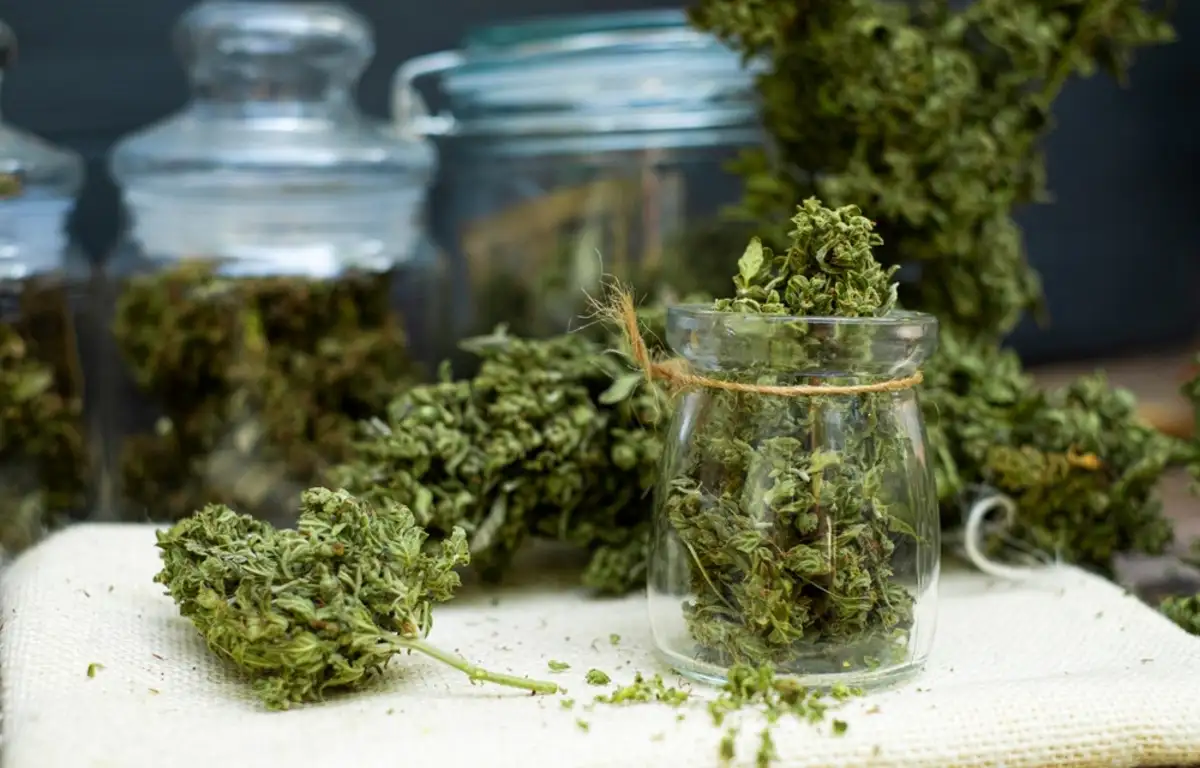
Can You Eat Raw Cannabis: Pros and Cons
Eating raw cannabis is a topic that has sparked curiosity among cannabis enthusiasts. While it is possible to consume cannabis in its raw form, there are important considerations to be aware of. In this section, we will explore the potential benefits and drawbacks of eating raw cannabis.
Benefits of Eating Raw Cannabis
- Non-Psychoactive: Raw cannabis contains THCA (tetrahydrocannabinolic acid) instead of THC. THCA is the acidic form of THC and does not have psychoactive effects. This means that consuming raw cannabis will not induce the typical “high” associated with smoking or vaping.
- Nutritional Value: Raw cannabis is a rich source of nutrients. It contains essential vitamins, minerals, and fiber. It is also packed with antioxidants and phytochemicals, which contribute to its potential health benefits.
- Cannabinoid Preservation: Heating cannabis through smoking or cooking can cause the degradation of certain cannabinoids. Consuming raw cannabis allows for the preservation of these cannabinoids in their natural state, maximizing their potential therapeutic effects.
Potential Side Effects of Eating Raw Cannabis
- Digestive Distress: Eating raw cannabis can be harsh on the digestive system. The plant material is tough and fibrous, which can be difficult for the body to break down. This may lead to digestive discomfort, such as stomach cramps or bloating.
- Limited Bioavailability: Raw cannabis contains THCA, which has limited bioavailability in its raw form. The human body does not easily convert THCA into THC, which means that the potential therapeutic effects may be diminished compared to consuming activated forms of cannabis.
- Taste and Texture: Raw cannabis has a strong, earthy taste and texture that may not be appealing to everyone. The intense flavor and texture can make it challenging to incorporate raw cannabis into recipes or consume it in large quantities.
The Science Behind Eating Raw Cannabis
The science behind eating raw cannabis lies in the process of decarboxylation. Decarboxylation is the conversion of THCA into THC through heat. When cannabis is heated, such as through smoking or baking, the THCA molecule loses a carboxyl group and becomes THC, which is responsible for the psychoactive effects.
In its raw form, THCA is not readily absorbed by the body. However, some studies suggest that THCA may have potential anti-inflammatory, neuroprotective, and anti-cancer properties. Research is ongoing to better understand the potential benefits of consuming THCA.
While eating raw cannabis may provide some nutritional benefits and potential therapeutic effects, it is important to consider the potential side effects and limitations. If you decide to explore eating raw cannabis, it is recommended to start with small amounts and monitor your body’s response. Consulting with a healthcare professional is also advisable, especially if you have any underlying health conditions.
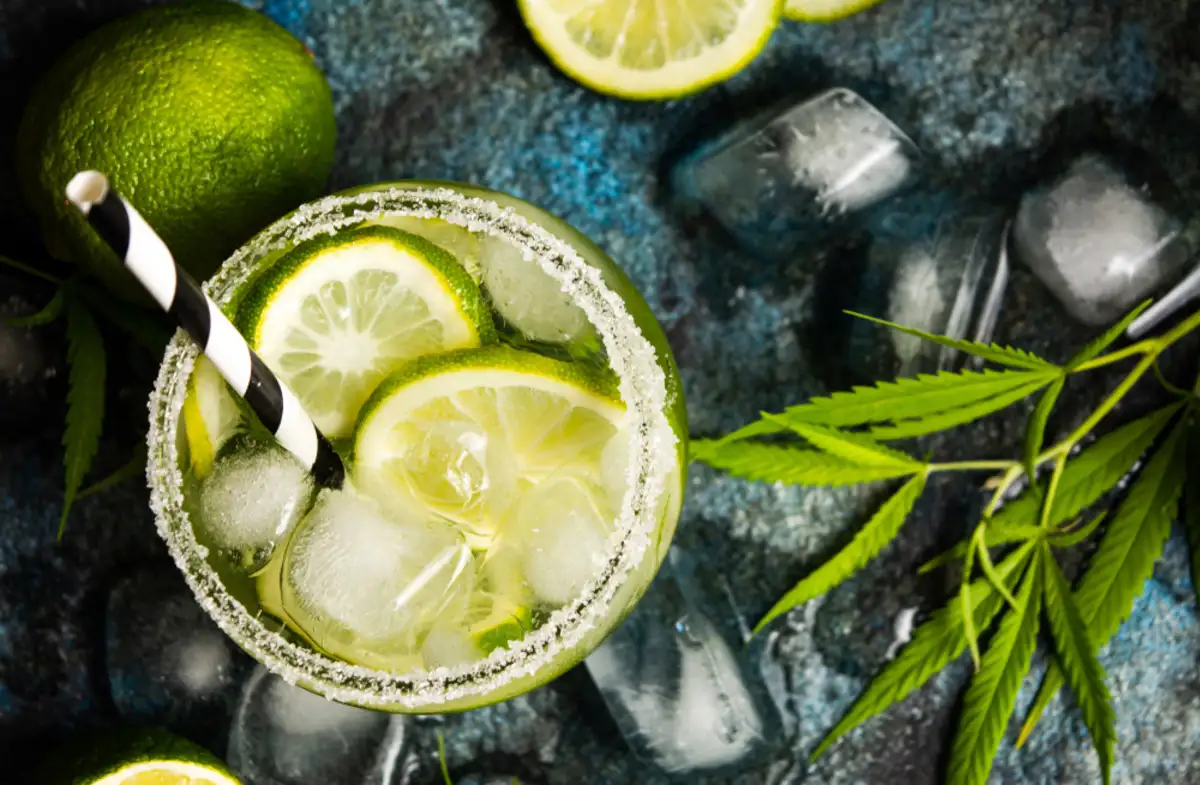
Cannabis Infused Foods and Edibles
Cannabis-infused foods, commonly known as edibles, have gained popularity as an alternative method of consuming cannabis. In this section, we will explore the world of cannabis edibles, including what they are, the different types available, and how to safely consume them.
Understanding Cannabis Edibles
Cannabis edibles are food products that have been infused with cannabis extracts or oils. These products come in various forms, including baked goods, candies, chocolates, beverages, and even savory snacks. Edibles offer an alternative to smoking or vaping cannabis, providing a discreet and convenient way to consume it.
Different Types of Cannabis Edibles
- Baked Goods: This category includes cookies, brownies, cakes, and other pastries infused with cannabis. Baked goods are popular due to their familiar flavors and ease of consumption.
- Candies and Chocolates: Cannabis-infused candies and chocolates come in a wide range of options, from gummies and lollipops to chocolate bars and truffles. They often provide precise dosing, making it easier to control your cannabis intake.
- Beverages: Cannabis-infused beverages include teas, coffees, sodas, and even alcoholic beverages. These beverages offer a refreshing way to consume cannabis and are available in various flavors and potencies.
- Savory Snacks: Savory cannabis-infused snacks, such as chips, popcorn, and pretzels, have become increasingly popular. These snacks provide a savory alternative to the traditional sweet edibles.
How to Safely Consume Cannabis Edibles
Consuming cannabis edibles requires caution and an understanding of proper dosage. Here are some essential tips for safely consuming cannabis edibles:
- Start with a Low Dose: Edibles can be more potent than smoking or vaping cannabis. Start with a low dosage, especially if you are new to edibles, and gradually increase it over time as you gauge your tolerance.
- Read the Label: Pay attention to the product’s packaging and labeling for information on the THC and CBD content, serving size, and recommended dosage. Understanding the potency of the edible is crucial for a safe and enjoyable experience.
- Wait for the Effects: The effects of cannabis edibles can take longer to kick in compared to smoking or vaping. It can take anywhere from 30 minutes to two hours for the effects to be felt. Avoid consuming more edibles during this waiting period to prevent overconsumption.
- Be Mindful of Serving Sizes: Edibles are often divided into servings, and each serving contains a specific dosage of cannabis. Stick to the recommended serving size to avoid consuming too much cannabis at once.
- Store Edibles Safely: Keep cannabis-infused edibles out of reach of children and pets. Store them in a secure and labeled container to prevent accidental ingestion.
Understanding the different types of cannabis edibles and following safe consumption practices will help ensure a positive and controlled experience. Remember, the effects of edibles can be long-lasting, so always consume responsibly and in a safe environment.
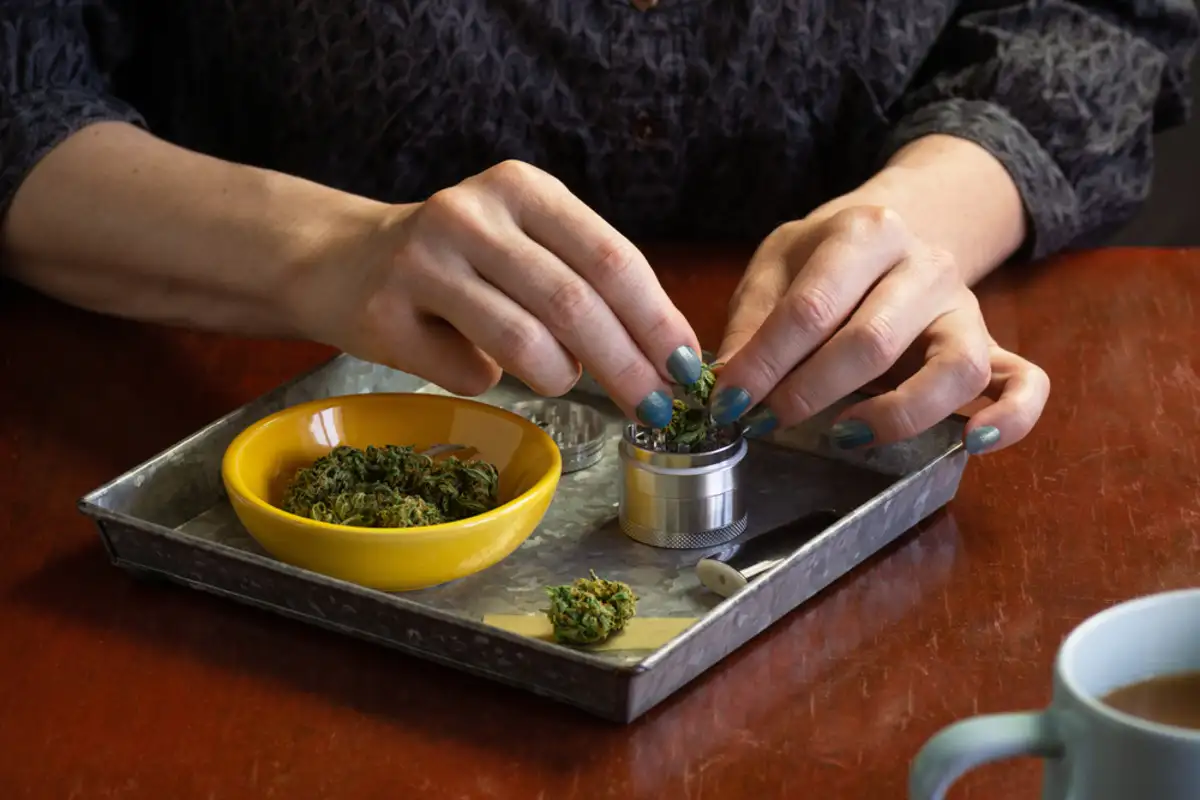
How to Make Cannabis-Infused Foods at Home
Making cannabis-infused foods at home can be a fun and creative way to explore the world of edibles. In this section, we will provide you with step-by-step guidance on how to prepare cannabis for cooking, different methods of cannabis infusion, and share some popular cannabis-infused recipes.
Preparing Cannabis for Cooking
Before you can start infusing cannabis into your recipes, it is essential to properly prepare the plant material. Here are the steps to prepare cannabis for cooking:
- Decarboxylation: Decarboxylation is the process of heating cannabis to activate the cannabinoids. Preheat your oven to around 240°F (115°C). Break up the cannabis buds into smaller pieces, spread them evenly on a baking sheet, and bake for approximately 40-60 minutes. This process converts THCA into THC, making the cannabis psychoactive.
- Grinding: Once the cannabis is decarboxylated and cooled, grind it into a fine consistency using a grinder or a mortar and pestle. This will ensure even distribution when infusing it into your recipes.
Cannabis Infusion Methods
There are several methods you can use to infuse cannabis into your recipes. Here are three popular methods:
- Cannabis-Infused Butter (Cannabutter): Cannabutter is a versatile and commonly used infusion method. To make cannabutter, melt butter in a saucepan on low heat, add the ground cannabis, and simmer for several hours. Strain the mixture through a cheesecloth to remove the plant material, leaving behind the infused butter.
- Cannabis-Infused Oil: Similar to cannabutter, cannabis-infused oil can be used in various recipes. Heat your choice of oil (such as olive oil or coconut oil) in a saucepan on low heat, add the ground cannabis, and stir occasionally for a few hours. Strain the mixture through a cheesecloth to separate the infused oil from the plant material.
- Alcohol-Based Tinctures: Tinctures are concentrated cannabis extracts that can be added to recipes in small amounts or used sublingually. To make an alcohol-based tincture, soak ground cannabis in high-proof alcohol (such as Everclear) for several weeks. Strain the mixture to separate the liquid tincture from the plant material.
Popular Cannabis-Infused Recipes
Once you have your cannabis-infused ingredients, you can incorporate them into a variety of recipes. Here are some popular cannabis-infused recipe ideas:
- Classic Cannabis Brownies: Brownies are a timeless favorite. Replace regular butter with cannabutter in your favorite brownie recipe for a delicious cannabis-infused treat.
- Cannabis-Infused Gummies: Create your own cannabis gummies using cannabis-infused oil or tincture. You can find gummy molds online and customize the flavors and shapes to your liking.
- Cannabis-Infused Pasta Sauce: Add cannabis-infused oil to your homemade pasta sauce for a flavorful and infused twist. Remember to control your serving size to manage dosage.
- Cannabis-Infused Smoothies: Blend your favorite fruits, yogurt, and cannabis-infused oil into a refreshing and nutritious cannabis-infused smoothie.
Remember to label your cannabis-infused products clearly and store them in a safe place away from the reach of children and pets. Additionally, when consuming homemade cannabis-infused foods, start with a low dose and wait for the effects before consuming more to avoid overconsumption.
By following these guidelines and experimenting with different recipes, you can create your own cannabis-infused foods at home and enjoy the benefits of edibles.
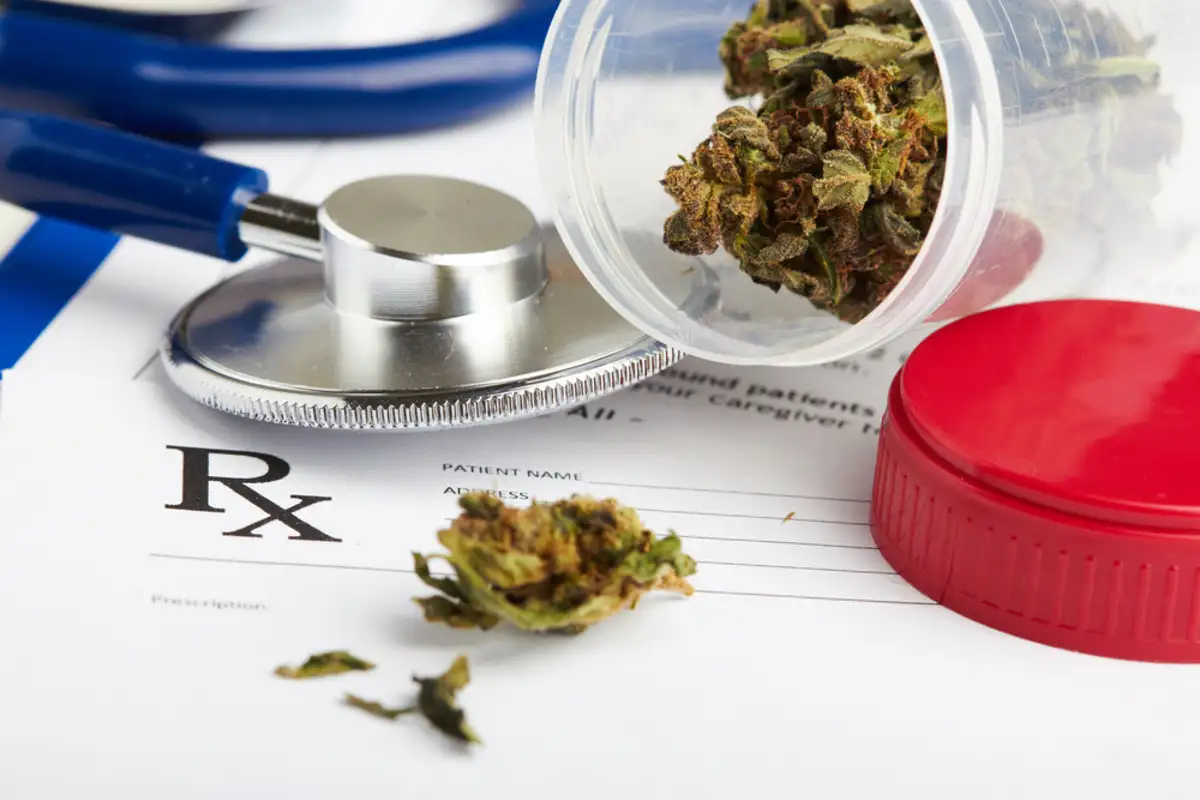
Legal and Health Considerations When Eating Cannabis
When it comes to consuming cannabis, whether in its raw form or as edibles, there are important legal and health considerations to keep in mind. In this section, we will explore the legal aspects of consuming cannabis, the potential health impacts it may have, and provide safe consumption practices.
Legal Aspects of Consuming Cannabis
The legal status of cannabis varies from country to country and even within different regions. It is essential to understand the laws and regulations regarding the consumption of cannabis in your specific location. Here are some key points to consider:
- Legalization: In some places, cannabis consumption for medical and/or recreational purposes may be fully legalized. This means that consuming cannabis, including edibles, is allowed within certain regulations and restrictions. Familiarize yourself with the laws in your area to ensure compliance.
- Medical Use: In many jurisdictions, medical cannabis use is permitted for individuals with qualifying medical conditions. This typically requires a prescription or recommendation from a healthcare professional. Understand the requirements and guidelines for accessing and using medical cannabis.
- Age Restrictions: Just like with alcohol and tobacco, there are age restrictions for consuming cannabis. It is important to know the legal minimum age for cannabis consumption in your area and abide by it.
Health Impacts of Consuming Cannabis
While cannabis has potential therapeutic benefits, it is essential to be aware of the potential health impacts it may have. Here are some considerations:
- Psychoactive Effects: Cannabis consumption, especially in higher doses, can lead to psychoactive effects such as euphoria, altered perception, impaired coordination, and memory issues. These effects can vary depending on the individual and the potency of the cannabis consumed.
- Respiratory Risks: Smoking cannabis, whether in its raw form or in the form of cannabis-infused products, can result in respiratory issues similar to smoking tobacco. Inhalation of smoke can irritate the lungs and may contribute to respiratory problems over time.
- Mental Health: Some individuals may be more susceptible to experiencing negative mental health effects from cannabis use, particularly if they have a history of mental health disorders or are at a higher risk for developing them. It is important to be mindful of your mental health and seek professional advice if needed.
Safe Consumption Practices
To ensure safe and responsible consumption of cannabis, consider the following practices:
- Start Low and Go Slow: Begin with low doses, especially if you are new to cannabis or edibles, and gradually increase your dosage as you become more familiar with its effects on your body.
- Know Your Limits: Be aware of your tolerance and understand that the effects of edibles can take longer to manifest. Avoid overconsumption by waiting for the effects to fully kick in before considering additional doses.
- Read Labels and Follow Instructions: Always read the labels and packaging of cannabis products, including edibles, to understand the potency, serving size, and recommended dosage. Follow the instructions provided by the manufacturer.
- Store Safely: Keep cannabis products, especially edibles, out of reach of children and pets. Store them in a secure and labeled container to prevent accidental ingestion.
- Seek Professional Advice: If you have any concerns or underlying health conditions, it is advisable to consult with a healthcare professional before consuming cannabis, especially in edible form.
By understanding the legal aspects, being aware of the potential health impacts, and following safe consumption practices, you can have a responsible and enjoyable experience with cannabis. It is important to stay informed and make informed decisions regarding your cannabis consumption.



